Autism prevalence high in urban areas
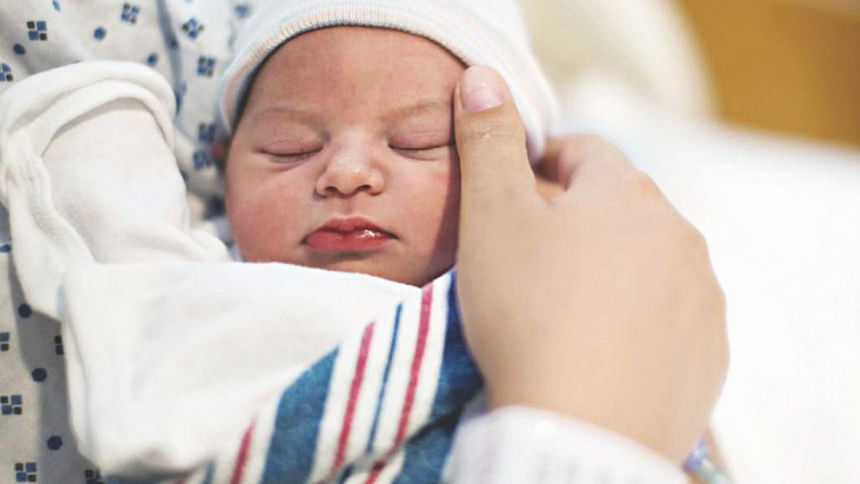
At least 17 per 10,000 babies in the country have Autism Spectrum Disorder, finds a new survey.
The prevalence is higher in urban areas and among boys, the survey says.
The study titled “Nationwide Survey on Young Children with Autism Spectrum Disorder in Bangladesh 2017” was undertaken in 37,982 households in 30 districts across the country containing 38,440 children aged between 16 and 30 months.
“It is the largest study on autism in Bangladesh. The finding will help us chalk out an elaborate programme on addressing the issue. We need to find out the causes [behind the prevalence] and come up with a detailed plan to address the causes,” said Professor Shaheen Akhter, director of Institute of Pediatric Neurodisorder and Autism (IPNA) at Bangabanbdhu Sheikh Mujib Medical University (BSMMU).
People should be encouraged to have their babies screened at an early stage if they detect any signs of the disorder, she told The Daily Star.
Autism, a development disability, has a wide range of symptoms, including difficulty with social interaction and repetitive behaviour. It is a lifelong condition.
Findings of the recent survey, conducted by IPNA and supported by Directorate General of Health Services and Bangladesh Bureau of Statistics, were presented yesterday in the capital's BSMMU.
The survey has found that maternal illness, including hypertension, diabetes, asthma, fever with rash and urinary tract infections, during pregnancy is related to high prevalence of Autism Spectrum Disorder (ASD).
Jannatara Shefa, research medical officer of IPNA, said, “This study will help us find areas to focus on and the extent to which autism facilities should be expanded. All the autism related services in Bangladesh are in urban areas. There is nothing in rural areas.”
She also said the DGHS had an interest on autism and it could take steps to detect ASD cases and provide some therapies in upazila and union level facilities.
The study has also found premature births associated with higher ASD prevalence.
Babies born through C-section are more than twice as likely to have ASD as the ones born normally. There is also high ASD prevalence in babies, who take over five minutes to cry after birth, according to the report.
Contacted, Abul Kalam Azad, director general of the DGHS, said, “We found autism prevalence higher in rich, educated and wealthy families. This trend is similar around the world. We will continue to survey on a regular basis and if we find the same association again, we will do a research on the issue.”
In 2013, Dhaka Shishu Hospital conducted a survey that reported autism prevalence to be 15 per 10,000 children aged below nine.
In 2016, IPNA rural survey reported a figure of 7.5 per 10,000 children aged between 18 and 36 months.
The recent study was designed to assess the prevalence of the condition among young children. It was also aimed at determining the socio-economic and demographic associations of ASD in Bangladesh, researchers said.

 For all latest news, follow The Daily Star's Google News channel.
For all latest news, follow The Daily Star's Google News channel. 

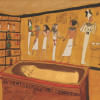


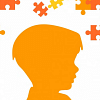
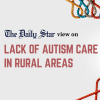

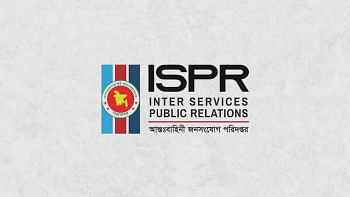
Comments